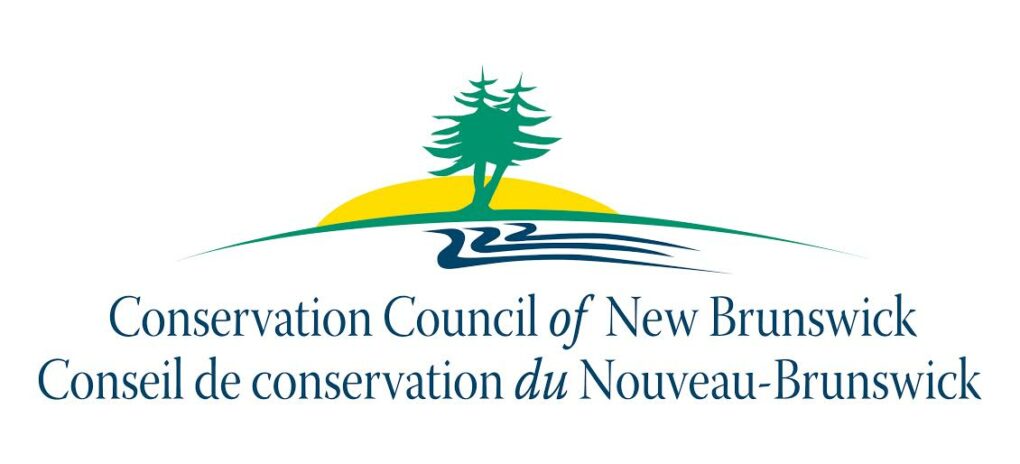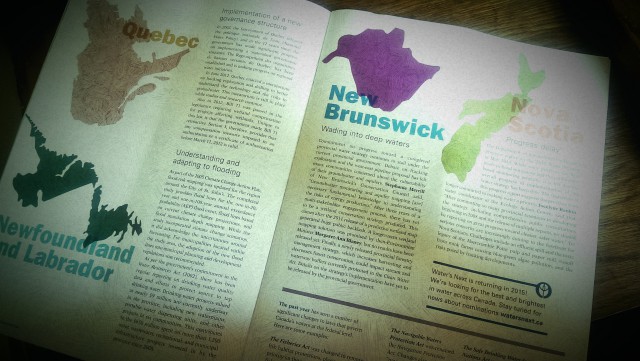Written by Elizabeth Hendriks and Lindsay Telfer
Canada’s water challenges and the ways provinces and territories address those challenges can be so similar yet entirely unique. Each jurisdiction’s positions on issues of supply, conservation, and management will determine what regulations and policies are priorities. While it may be difficult to keep track of the latest updates in every region, the Living Water Policy Project provides a snapshot of updates from across the country:
New Brunswick: Wading into deep waters
Commitment on progress toward a completed provincial water strategy continues to stall under the current provincial government. Debate on fracking exploration and the west-east pipeline proposal has left many communities concerned about the vulnerability of their groundwater and aquifers. Stephanie Merrill of New Brunswick’s Conservation Council said, “Groundwater monitoring and aquifer mapping [are] necessary fundamental knowledge to understanding the risks of energy production.” After three years of a multi-stakeholder engagement process, there has yet to be a wetland conservation strategy produced. This comes after the 2011 release of a predictive wetland map generated huge public backlash. A longer-term wetland mapping solution was promised by then-Environment Minister Margaret-Ann Blaney, but no results have been released yet. Finally, a newly released provincial forestry management strategy, which increases harvesting and decreases forest conservation, could impact stream and waterway buffers currently protected in the Clean Water Act. Details on the strategy’s implementation have yet to be released by the provincial government.

